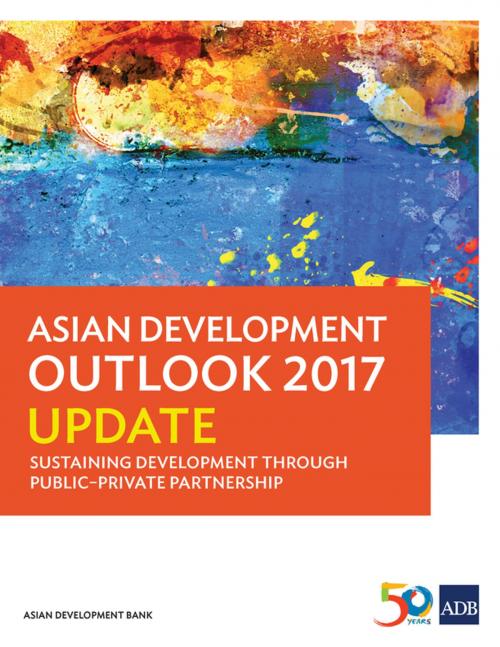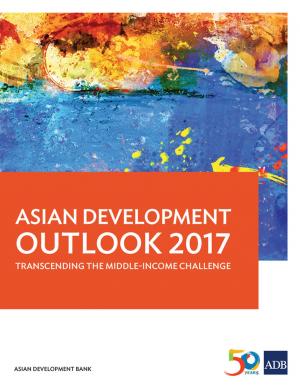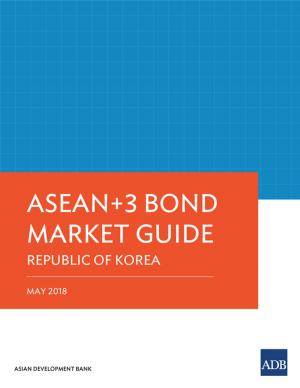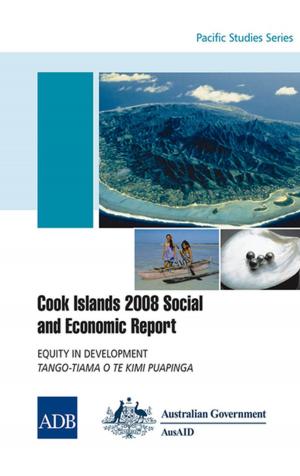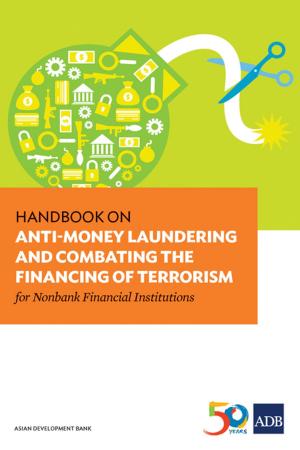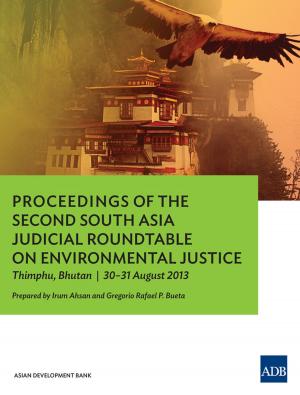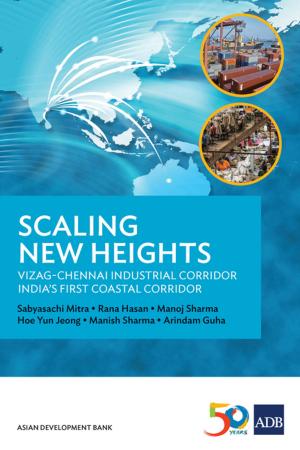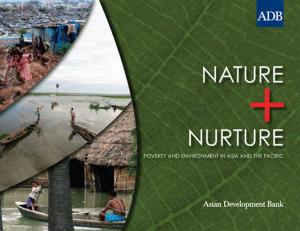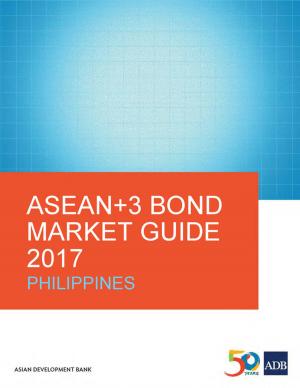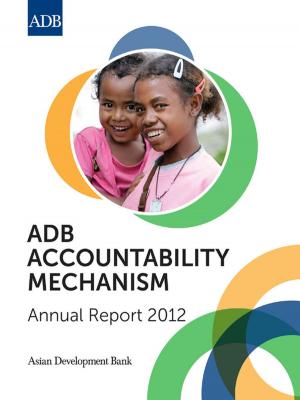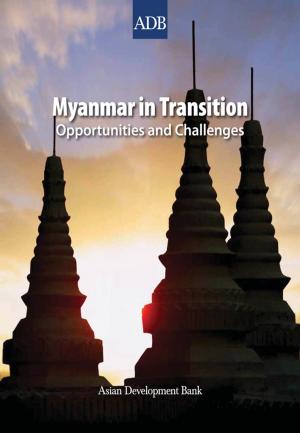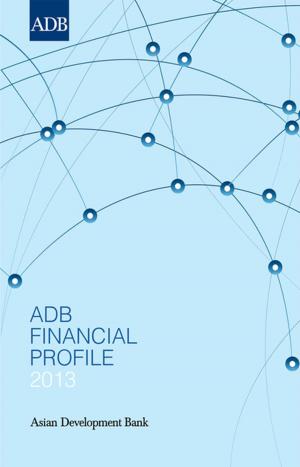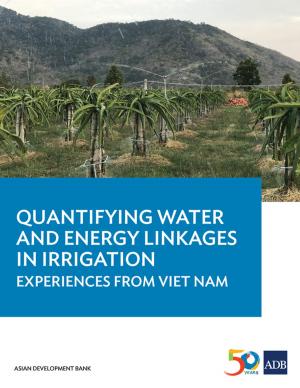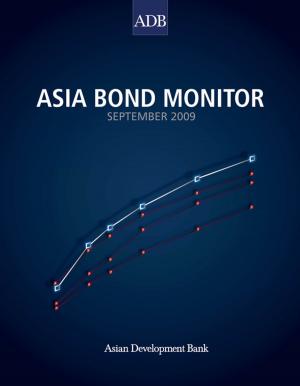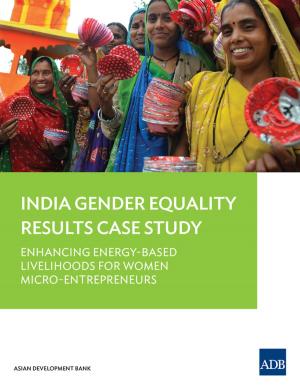Asian Development Outlook 2017 Update
Sustaining Development through Public-Private Partnership
Business & Finance, Economics, Econometrics, Industries & Professions, Industries| Author: | Asian Development Bank | ISBN: | 9789292579609 |
| Publisher: | Asian Development Bank | Publication: | September 1, 2017 |
| Imprint: | Asian Development Bank | Language: | English |
| Author: | Asian Development Bank |
| ISBN: | 9789292579609 |
| Publisher: | Asian Development Bank |
| Publication: | September 1, 2017 |
| Imprint: | Asian Development Bank |
| Language: | English |
Growth prospects in developing Asia are on the rise, buoyed by a rebound in global trade as solid recovery takes hold in the major industrial economies, and by strong investment demand. Also lifting regional prospects is growth in the People's Republic of China that exceeds expectations. Consumer prices are contained, and external balances under control, as global food and oil prices recover modestly. Risks to the outlook have become more balanced since April forecasts in this series. The advanced economies have so far avoided sharp, unexpected changes to their macroeconomic policies. Further, the fuel price rise is providing fiscal relief to oil exporters but is measured enough not to destabilize oil importers. To meet the region's infrastructure needs, developing Asia must mobilize $1.7 trillion annually. However, even factoring in funds saved through public finance reform or received from multilateral agencies, a significant financing gap remains. This Update highlights how public-private partnership can help fill the financing gap and improve infrastructure delivery by allocating risk to the party best able to manage it. Public-private partnership effectively marshals the private sector’s most valued strengths to meet public sector objectives. Where appropriately implemented, this innovative tool can yield superior development results.
Growth prospects in developing Asia are on the rise, buoyed by a rebound in global trade as solid recovery takes hold in the major industrial economies, and by strong investment demand. Also lifting regional prospects is growth in the People's Republic of China that exceeds expectations. Consumer prices are contained, and external balances under control, as global food and oil prices recover modestly. Risks to the outlook have become more balanced since April forecasts in this series. The advanced economies have so far avoided sharp, unexpected changes to their macroeconomic policies. Further, the fuel price rise is providing fiscal relief to oil exporters but is measured enough not to destabilize oil importers. To meet the region's infrastructure needs, developing Asia must mobilize $1.7 trillion annually. However, even factoring in funds saved through public finance reform or received from multilateral agencies, a significant financing gap remains. This Update highlights how public-private partnership can help fill the financing gap and improve infrastructure delivery by allocating risk to the party best able to manage it. Public-private partnership effectively marshals the private sector’s most valued strengths to meet public sector objectives. Where appropriately implemented, this innovative tool can yield superior development results.
